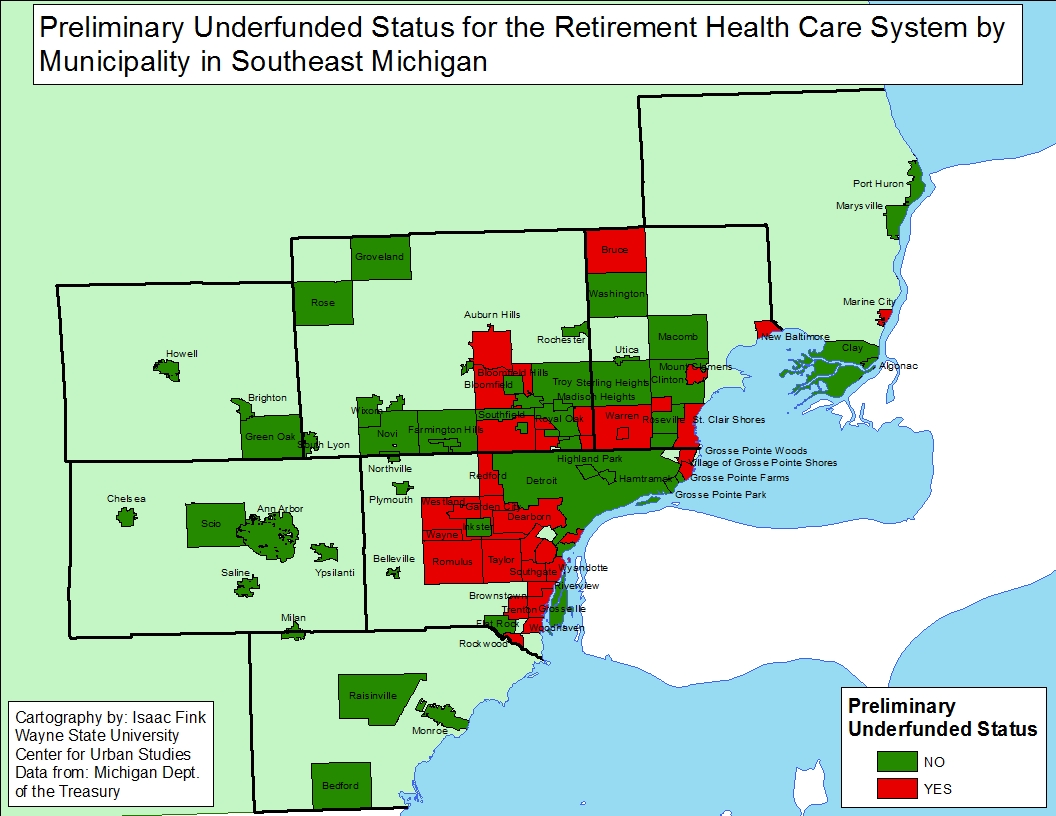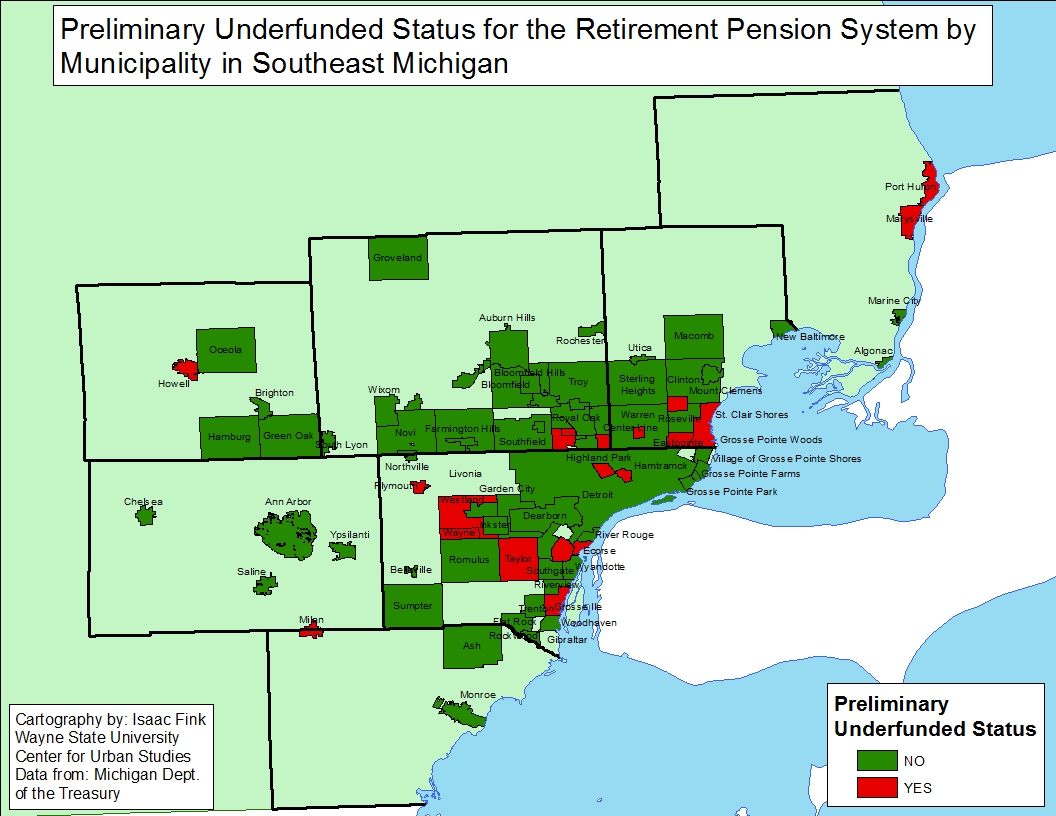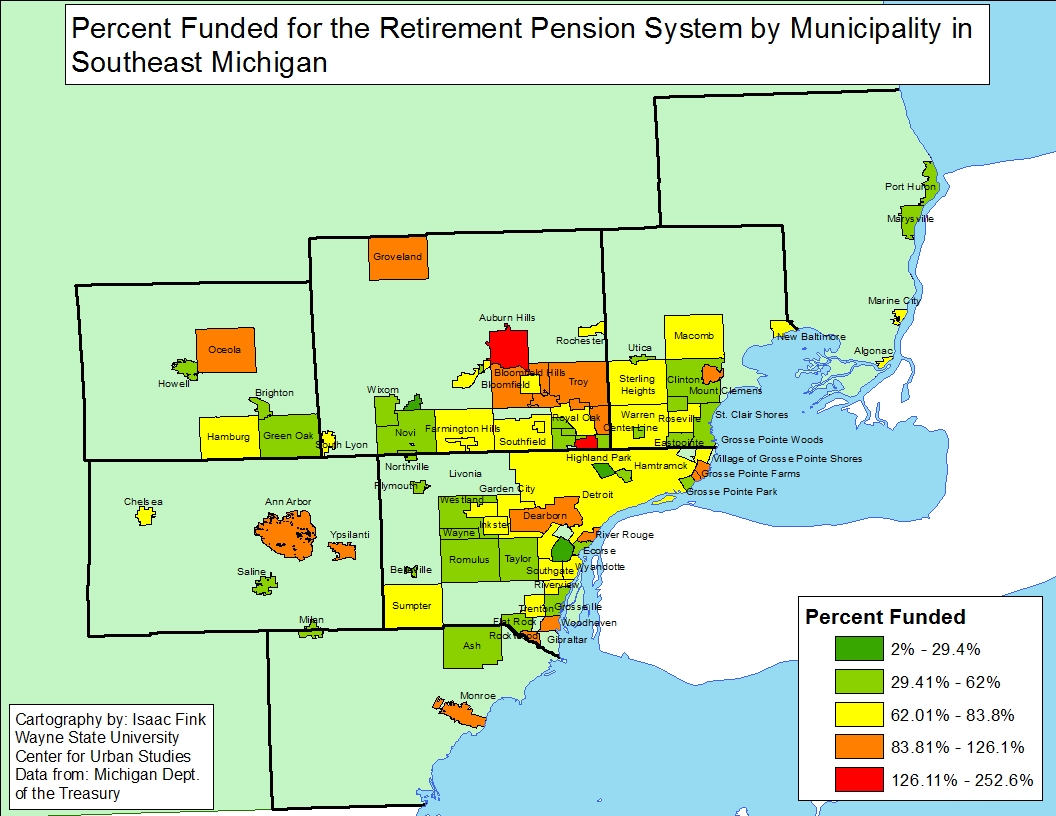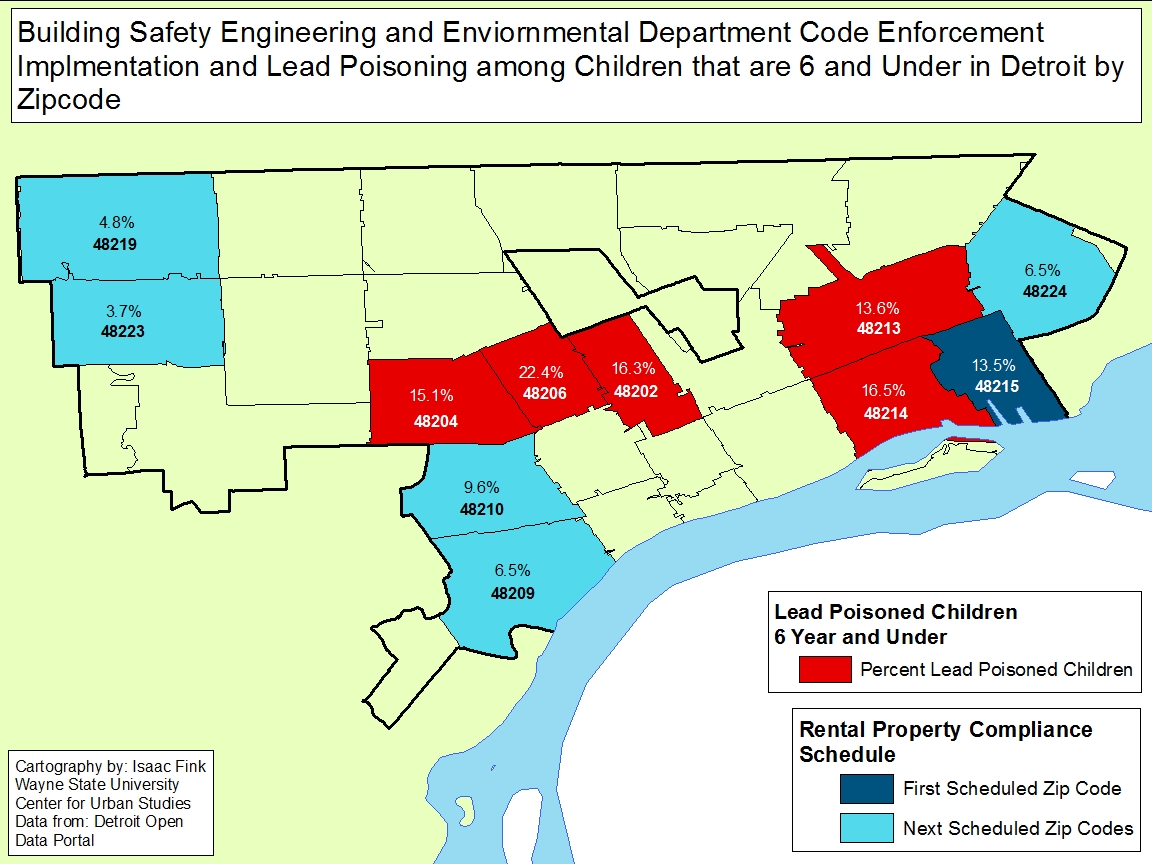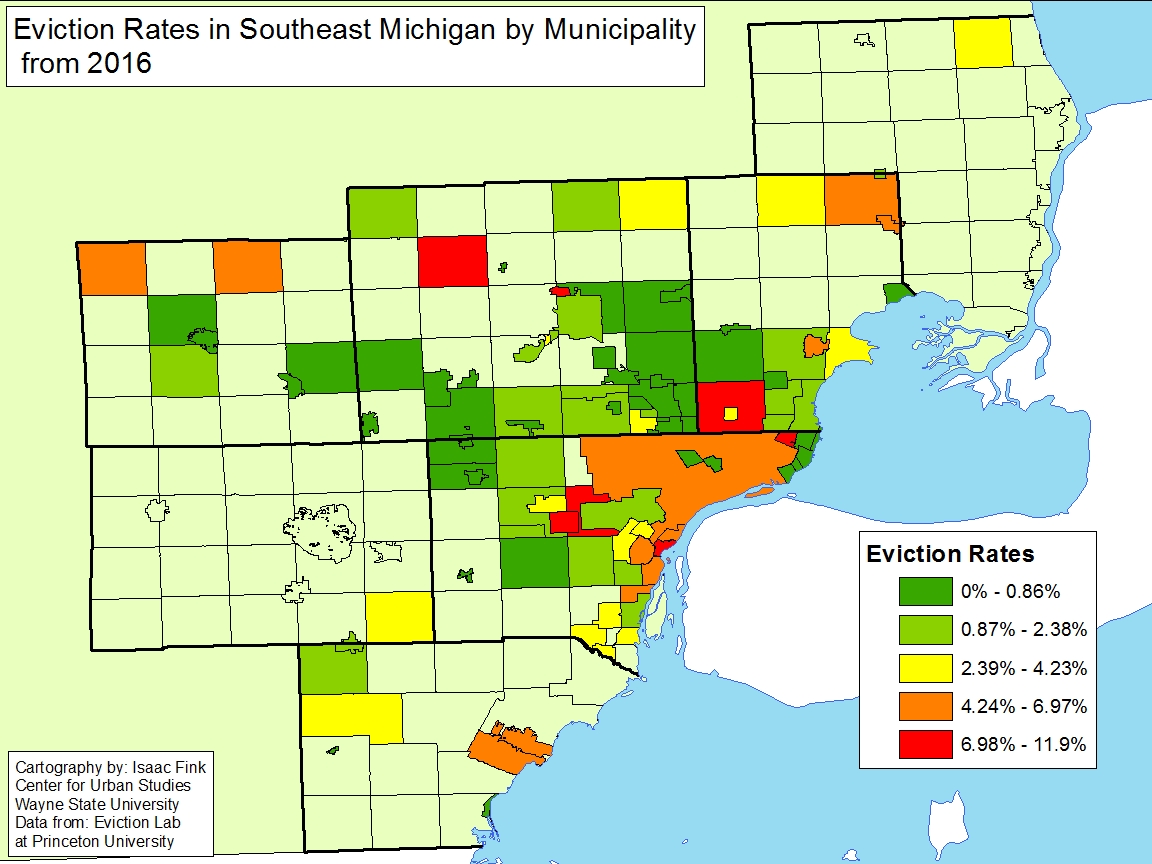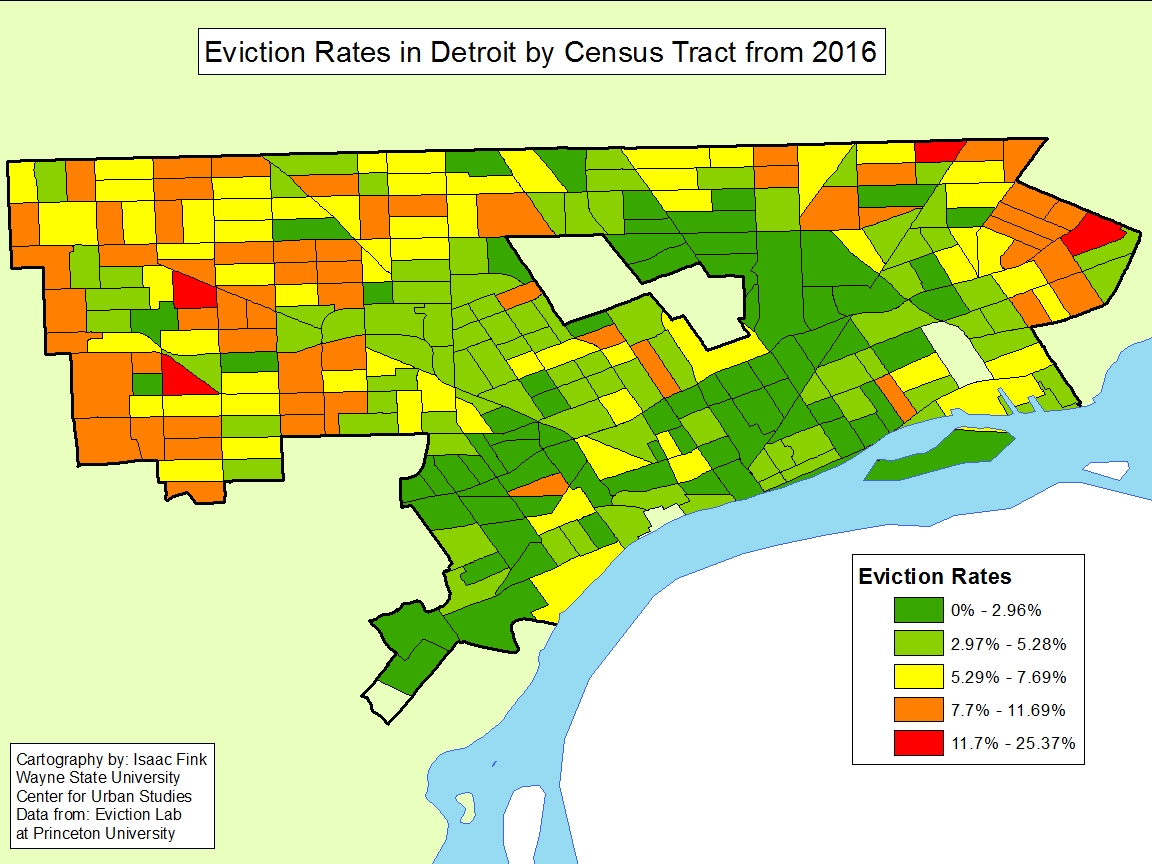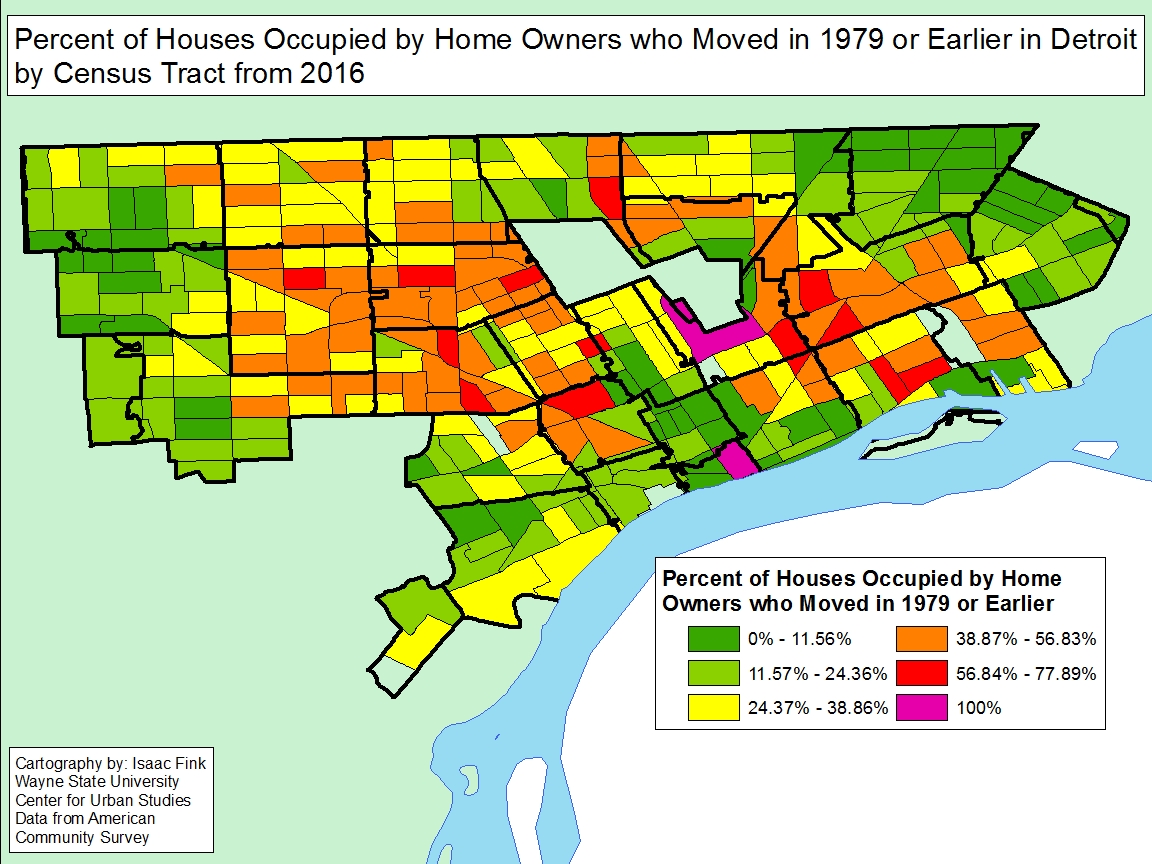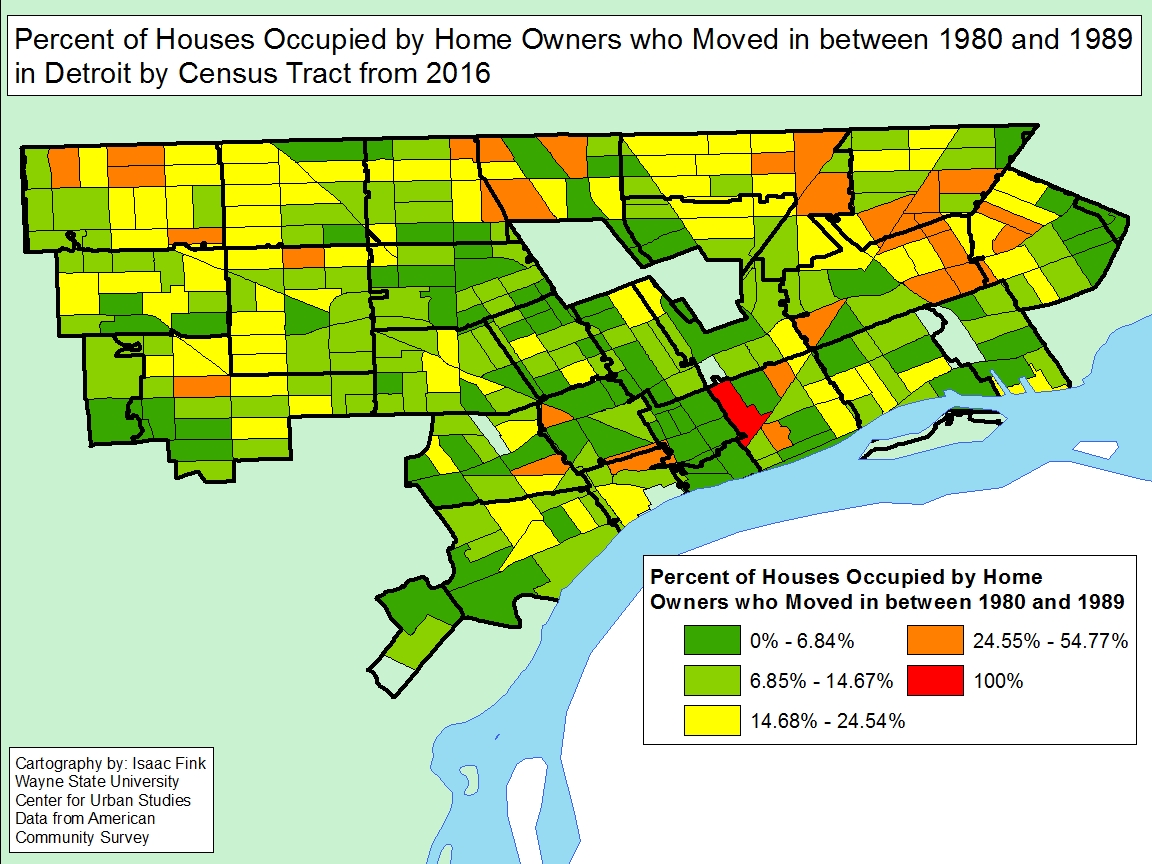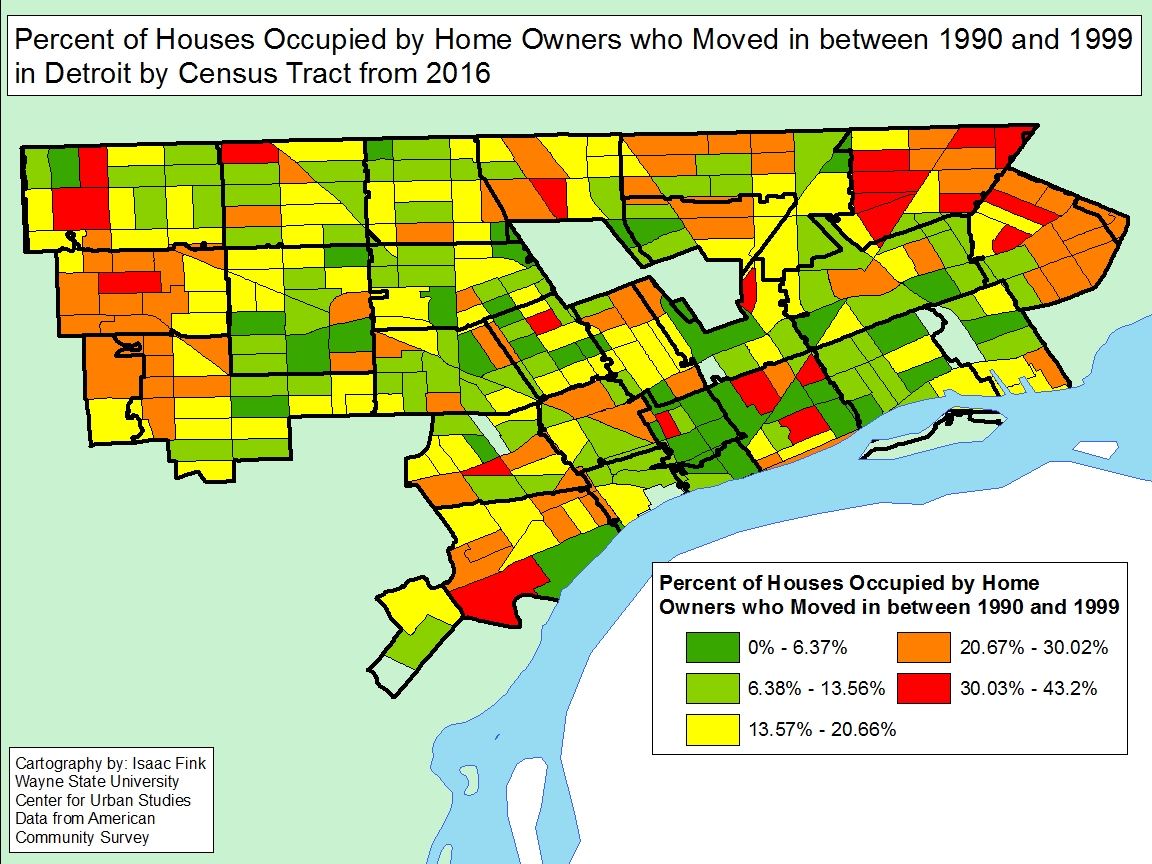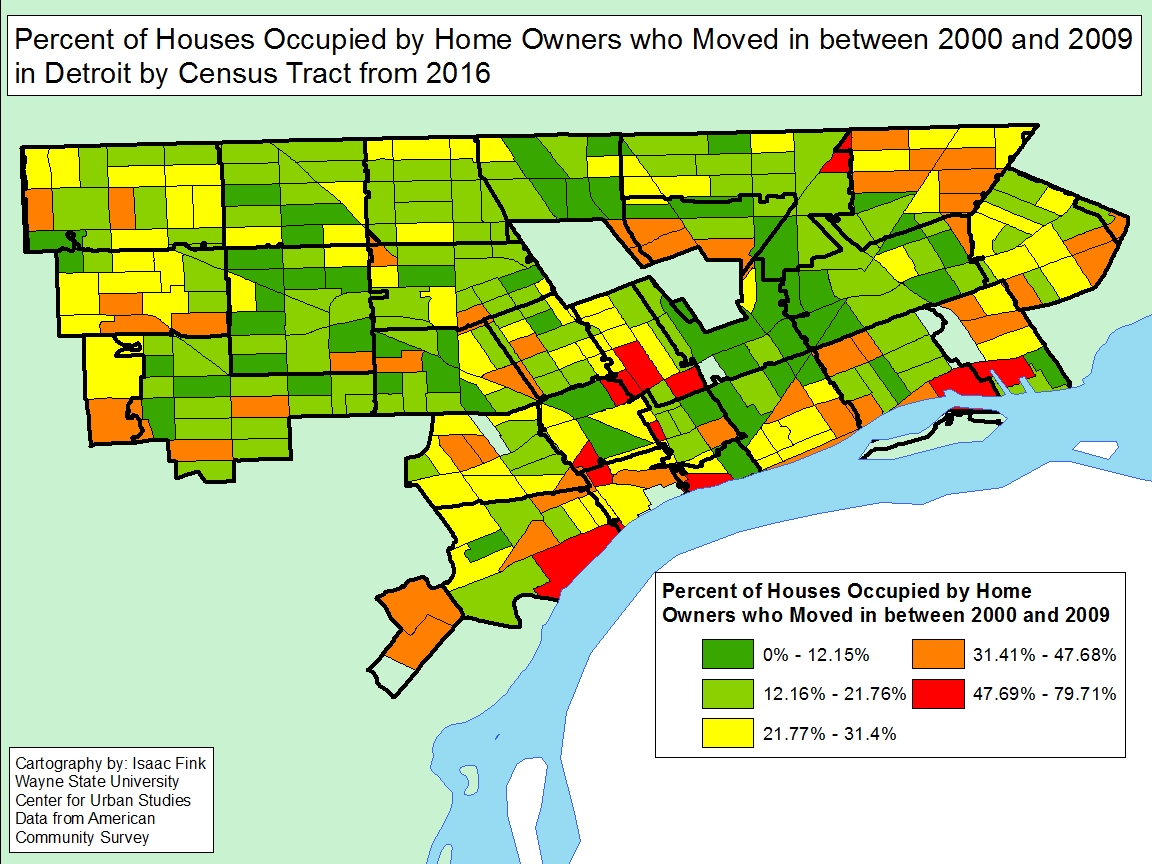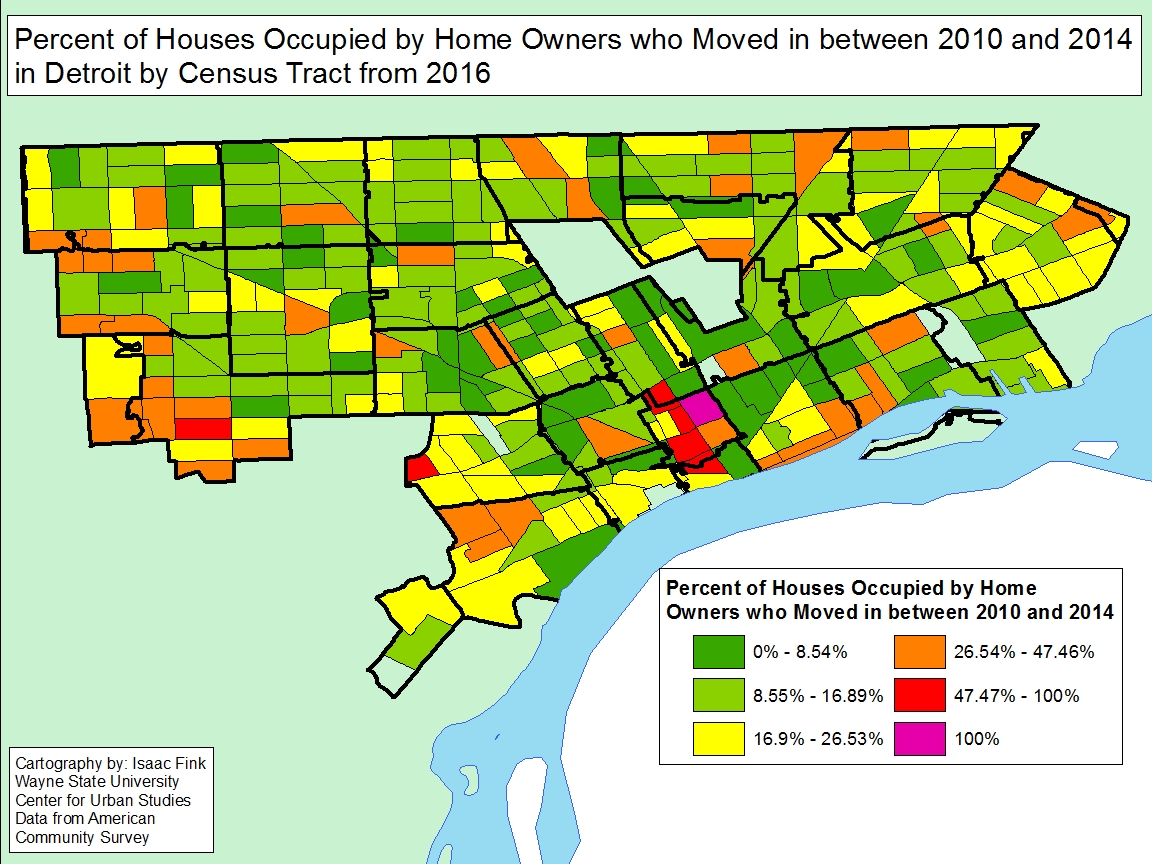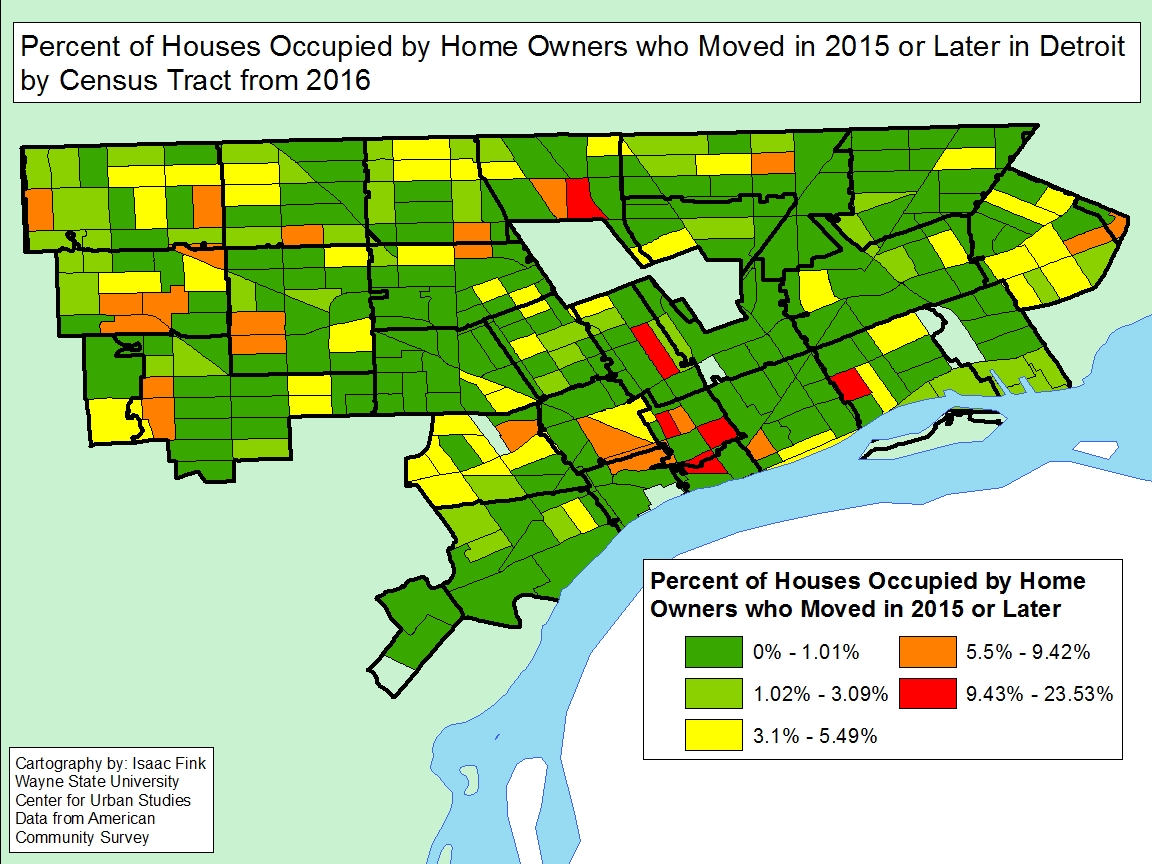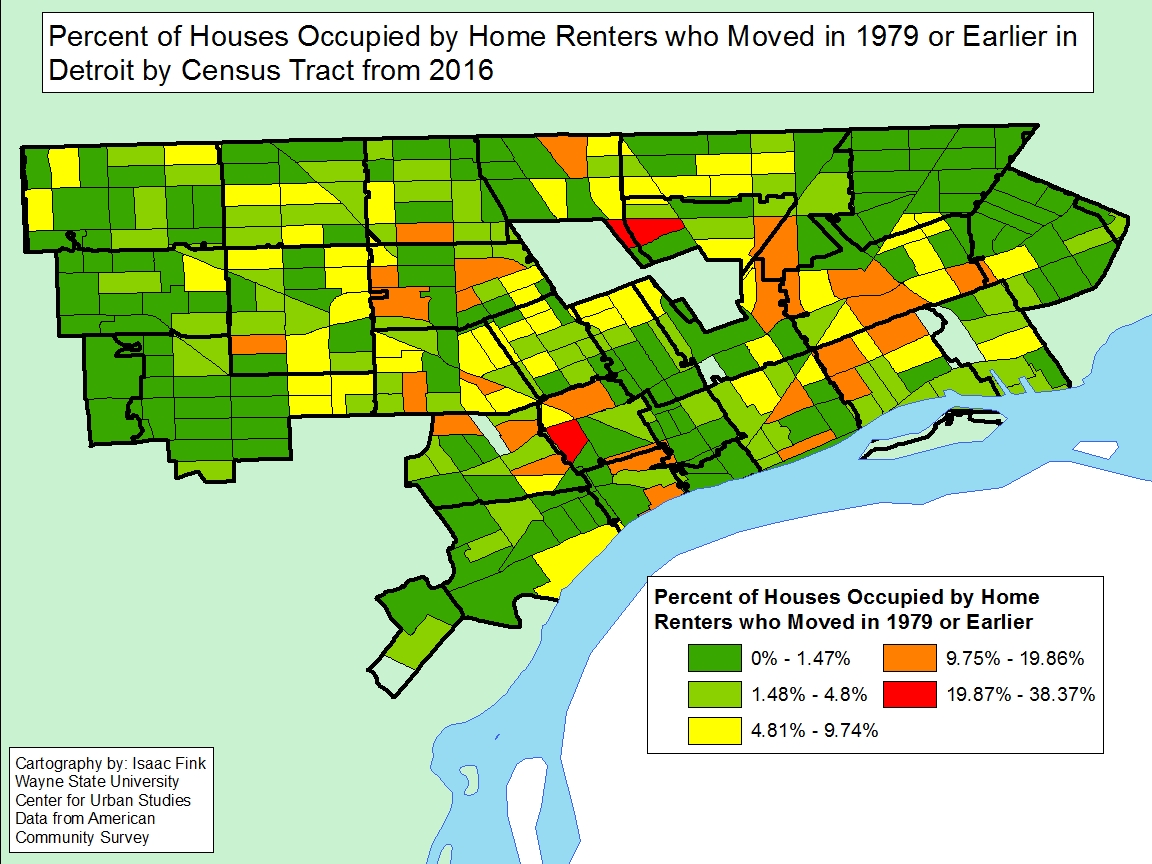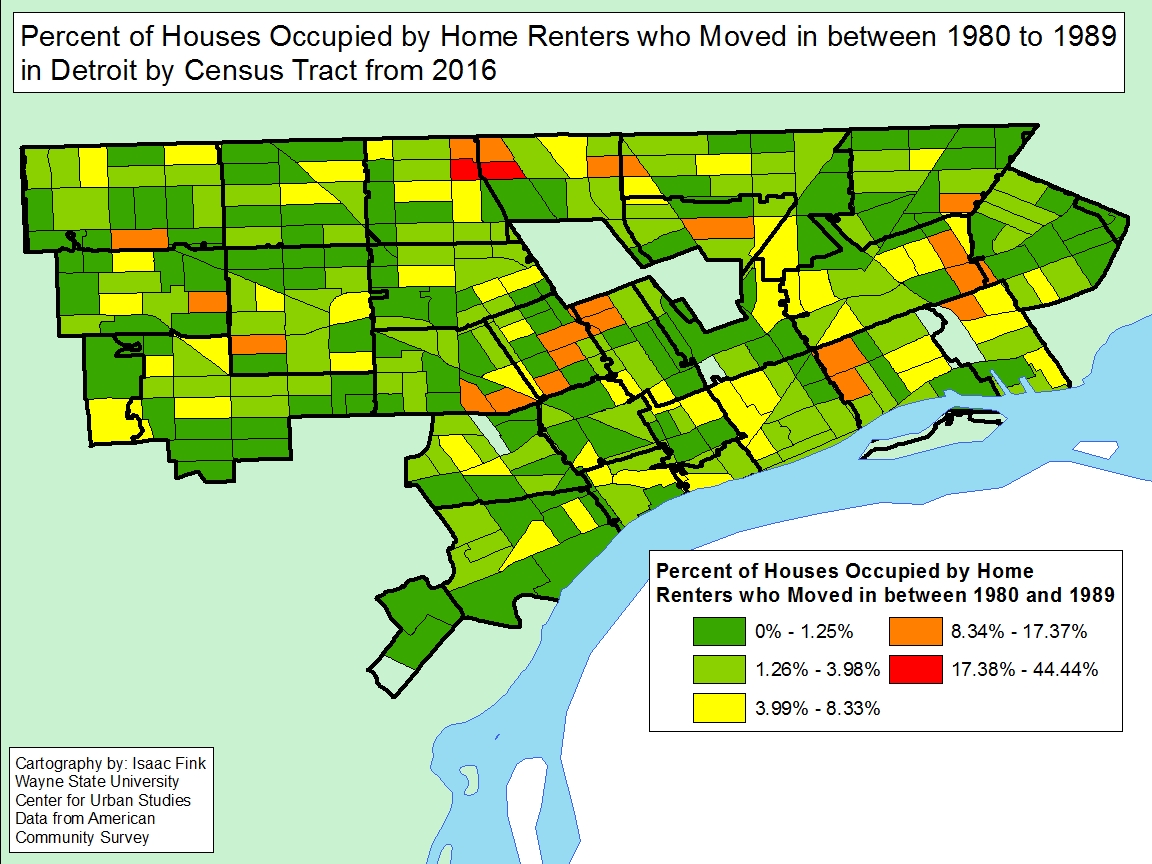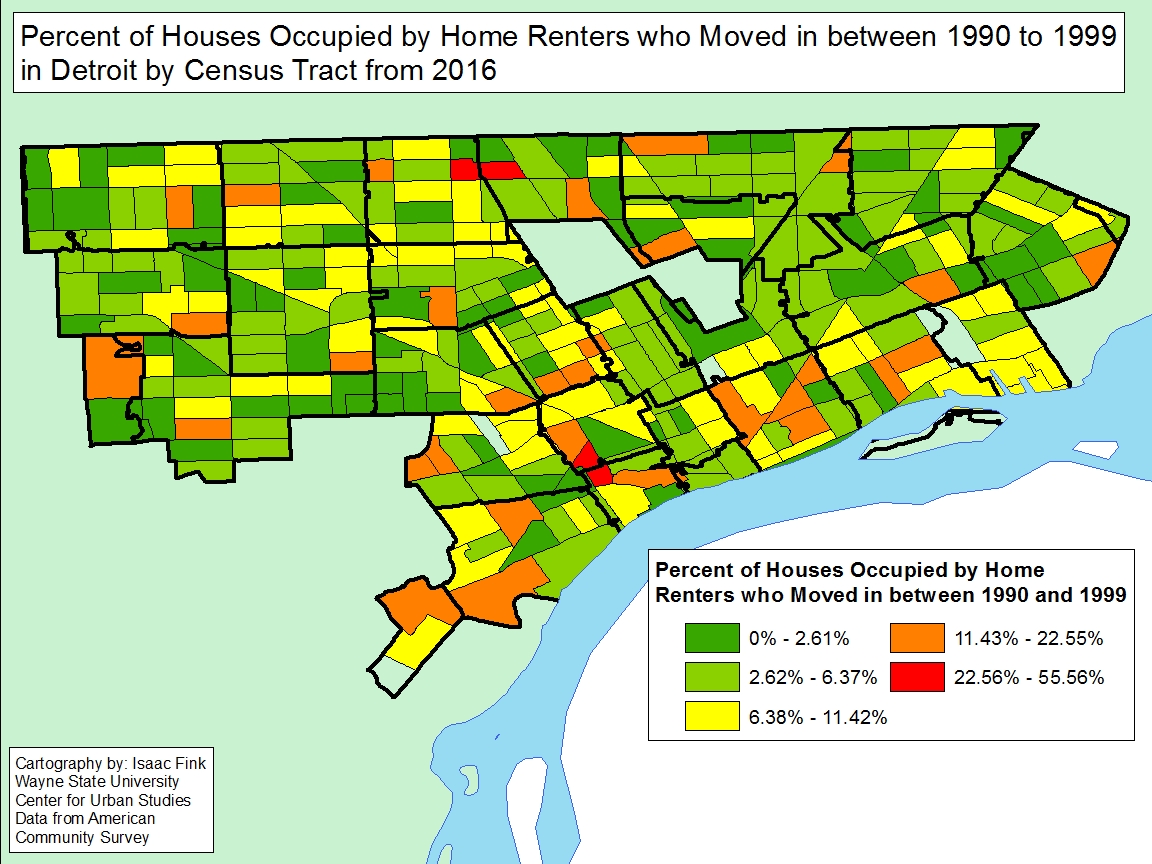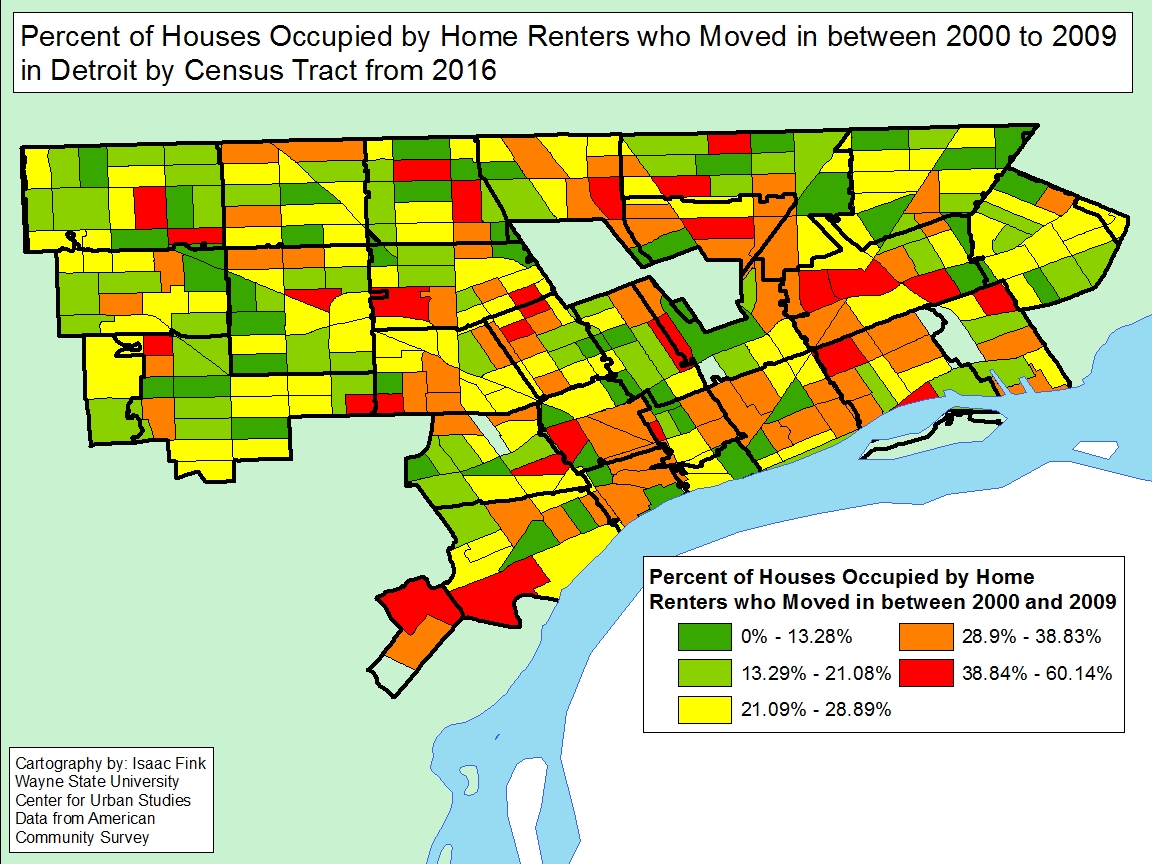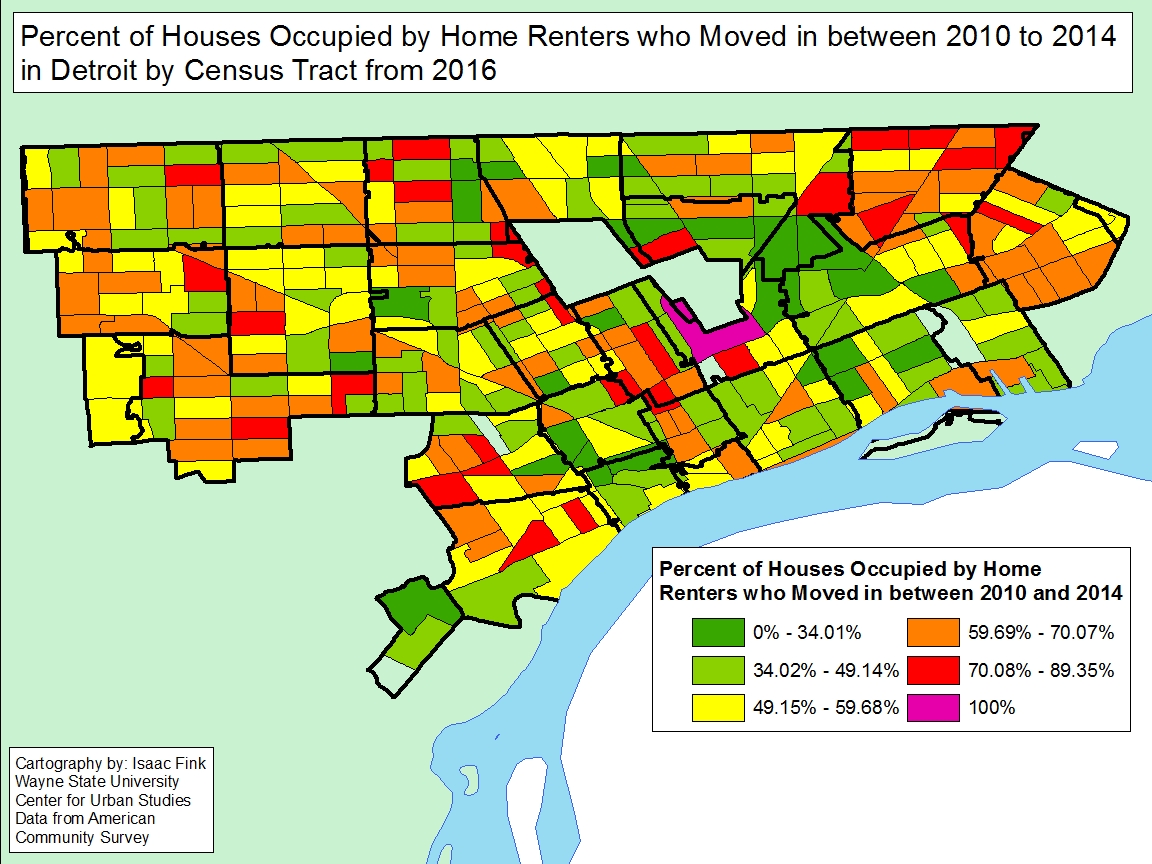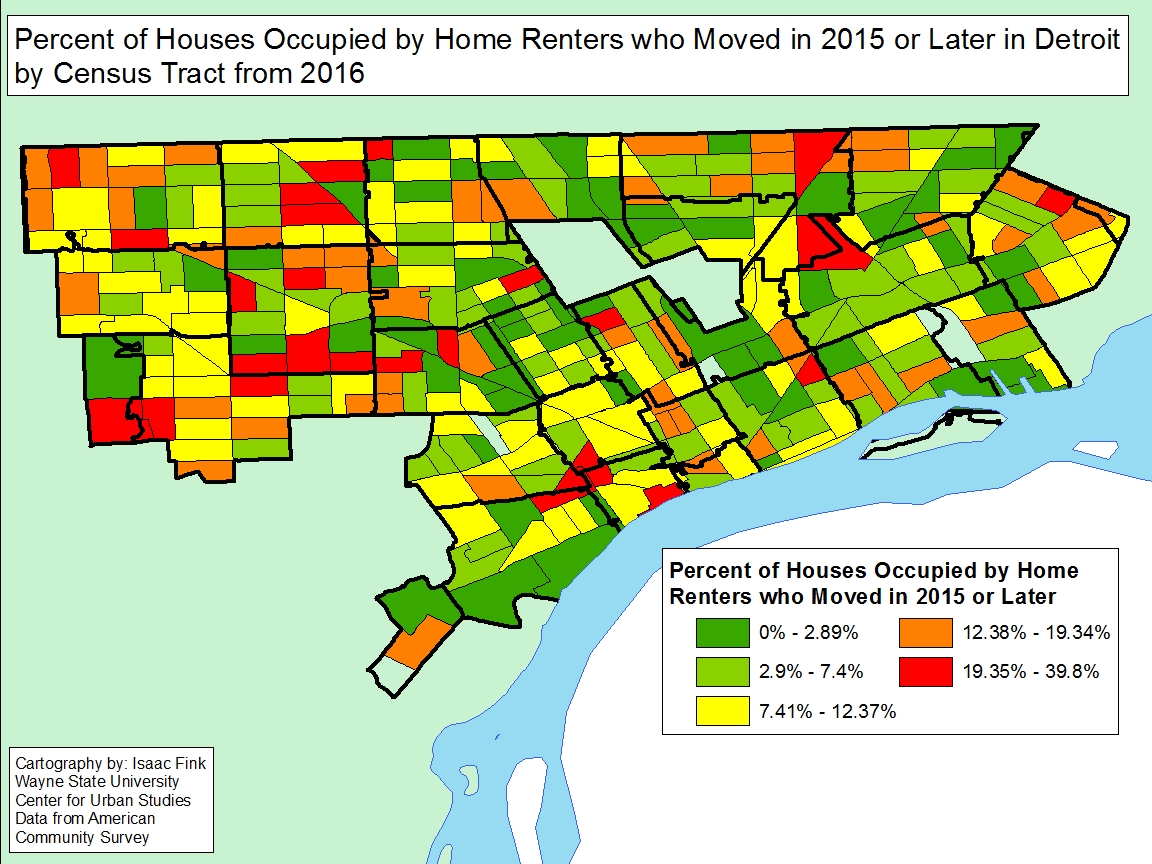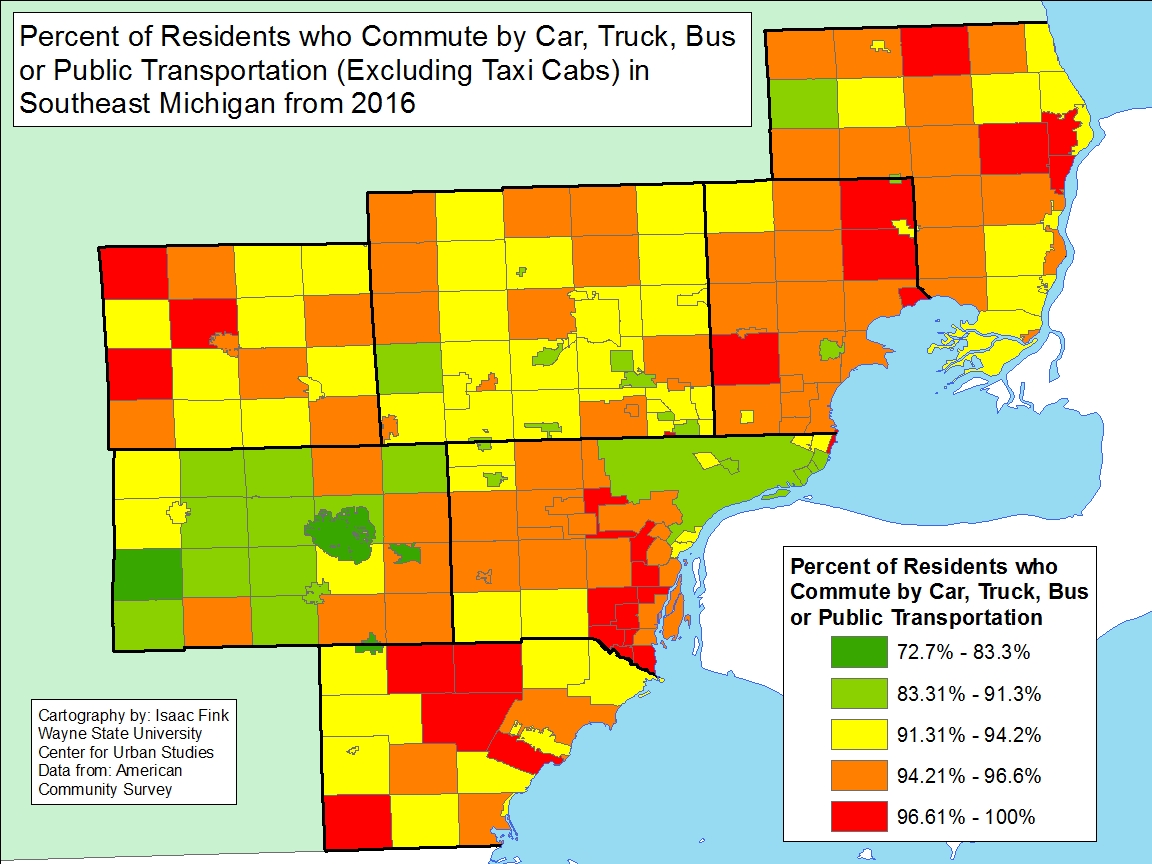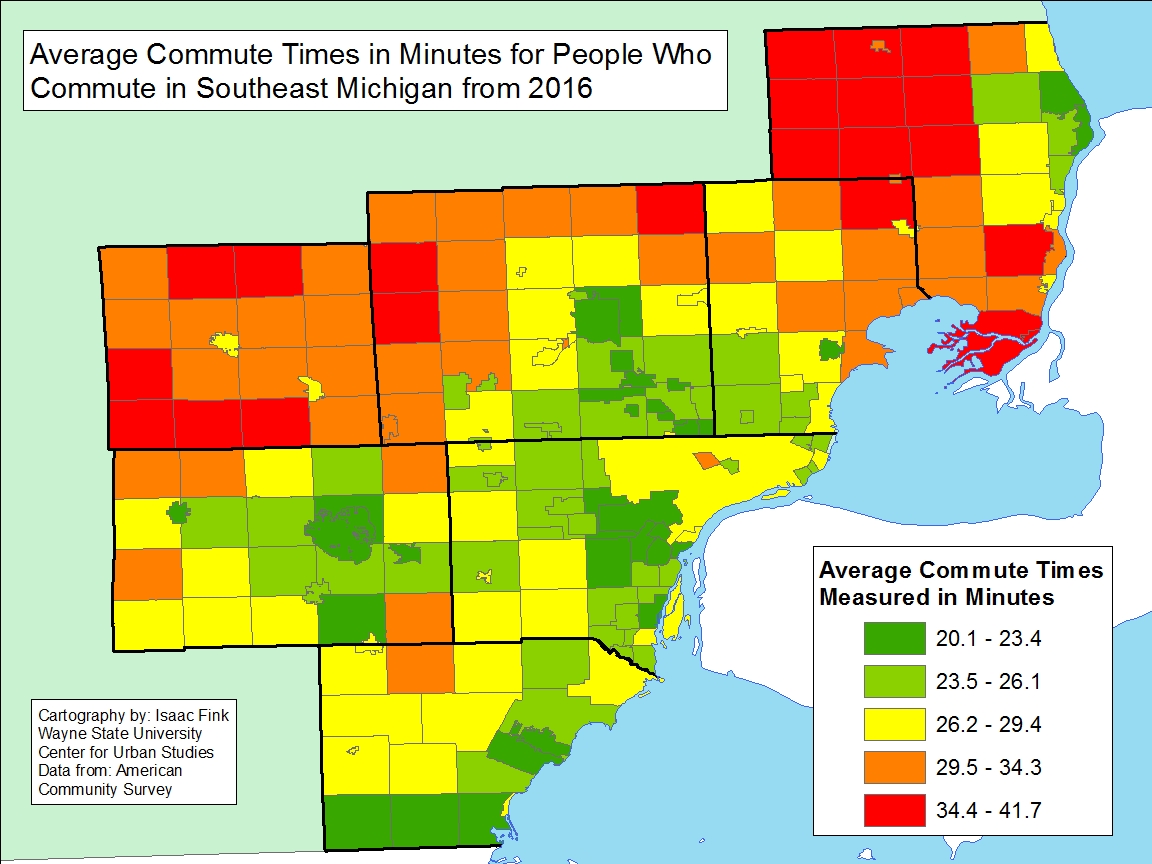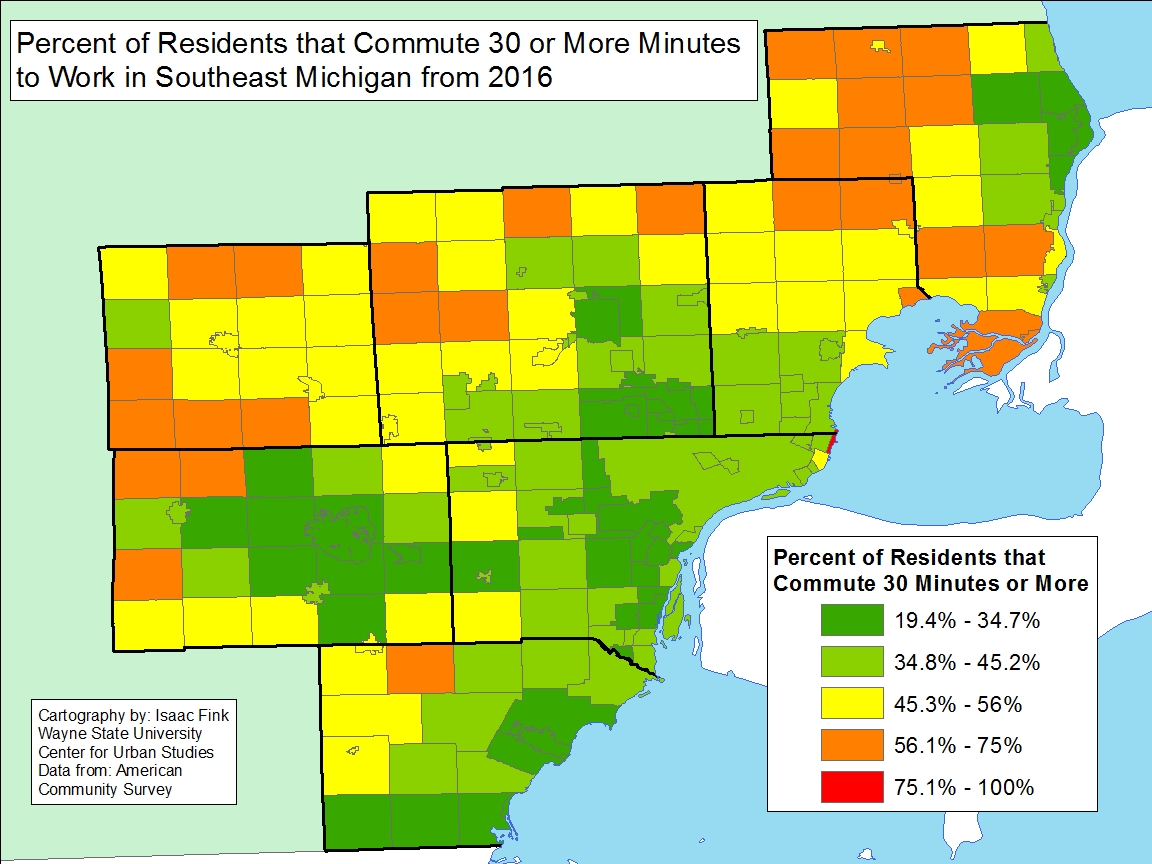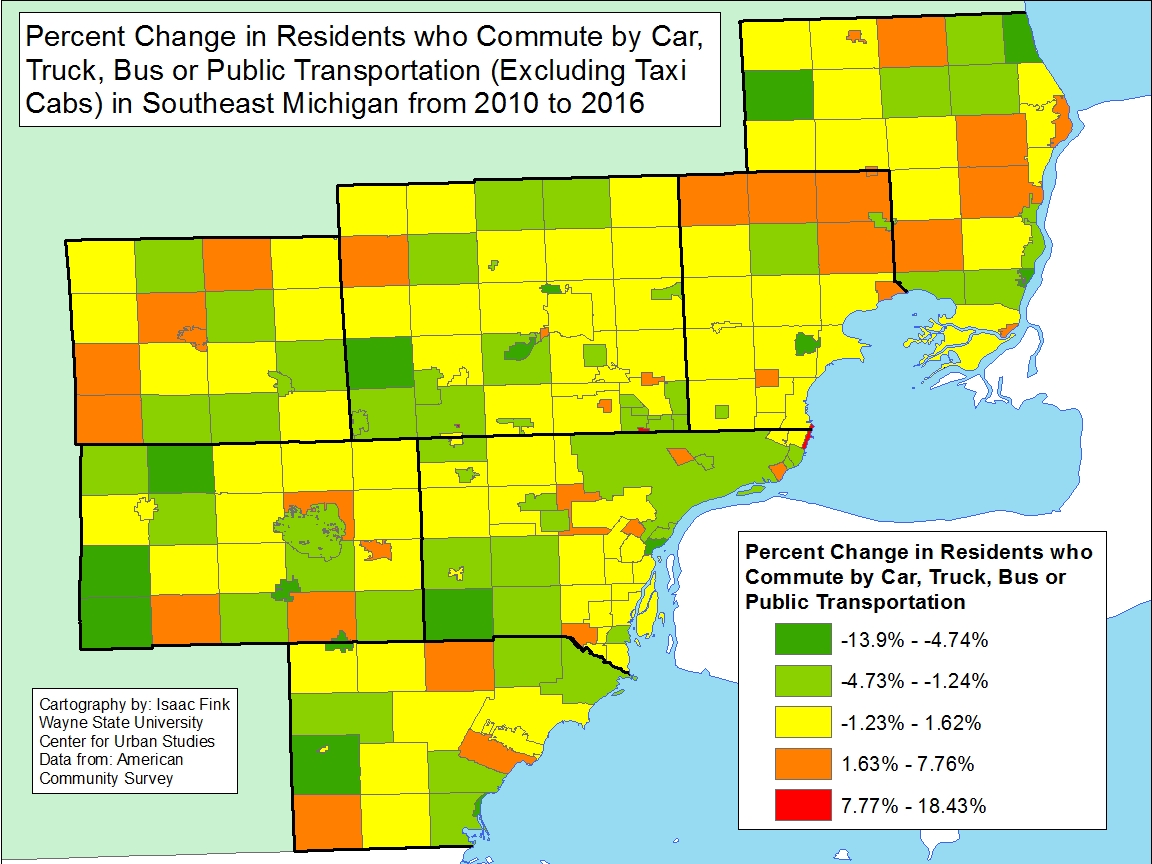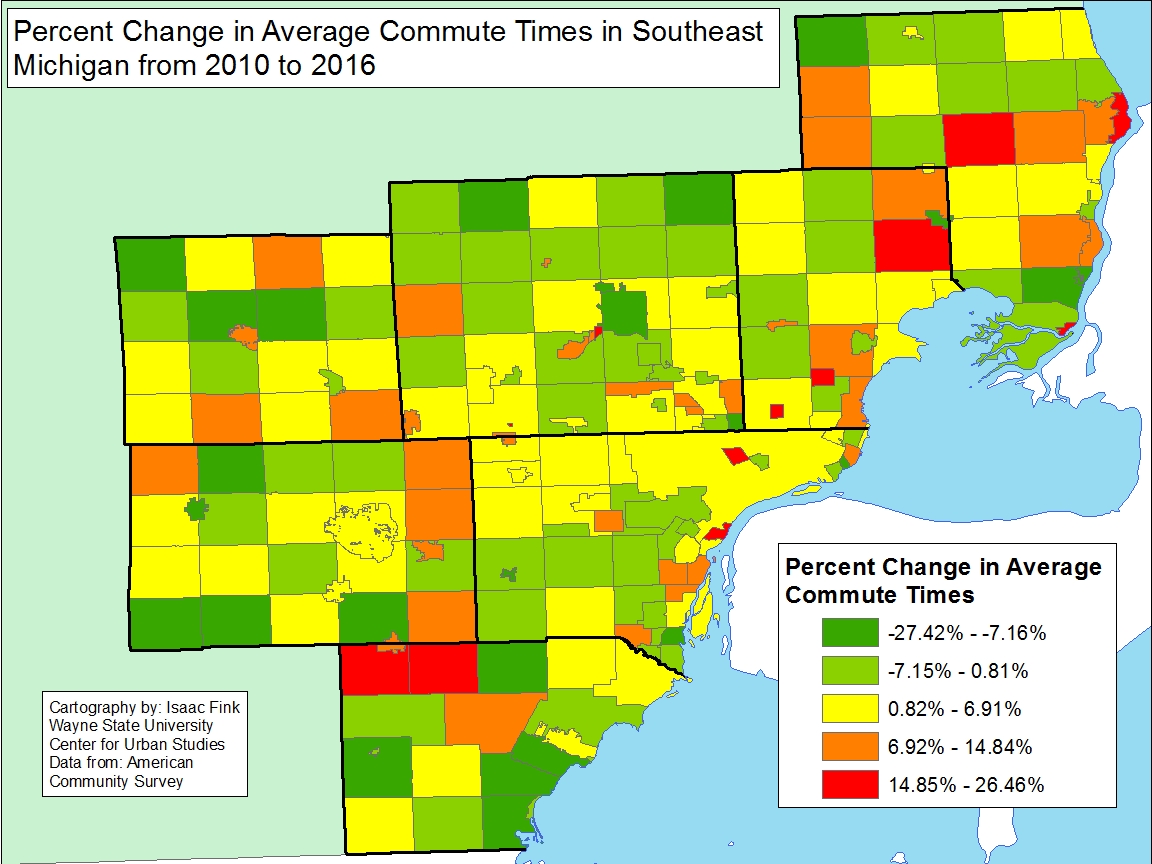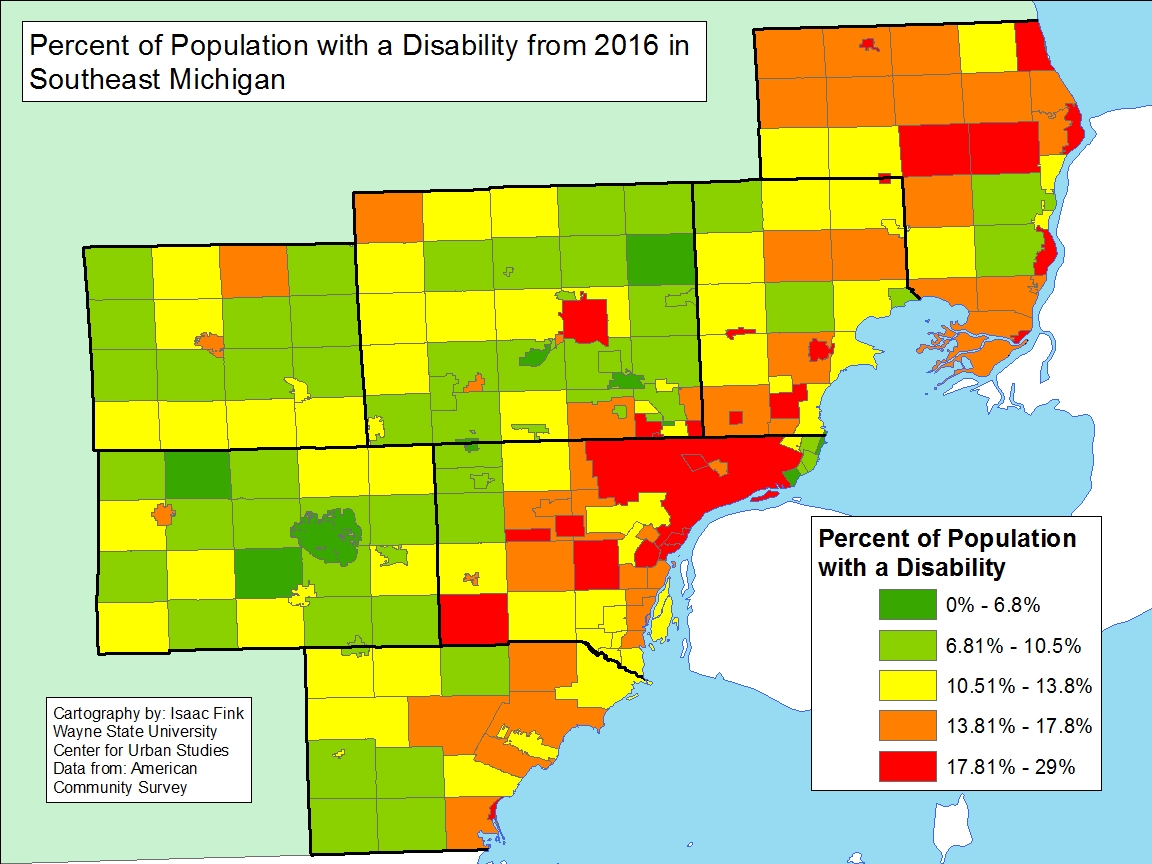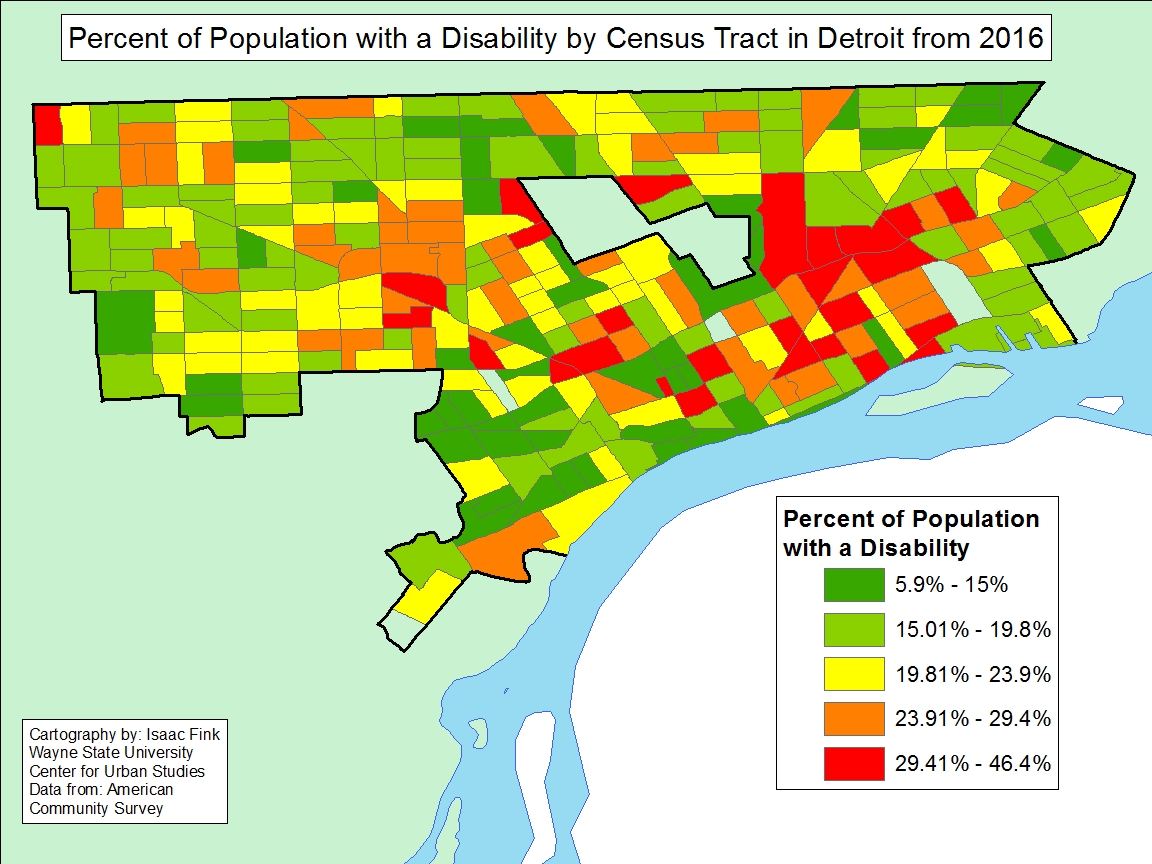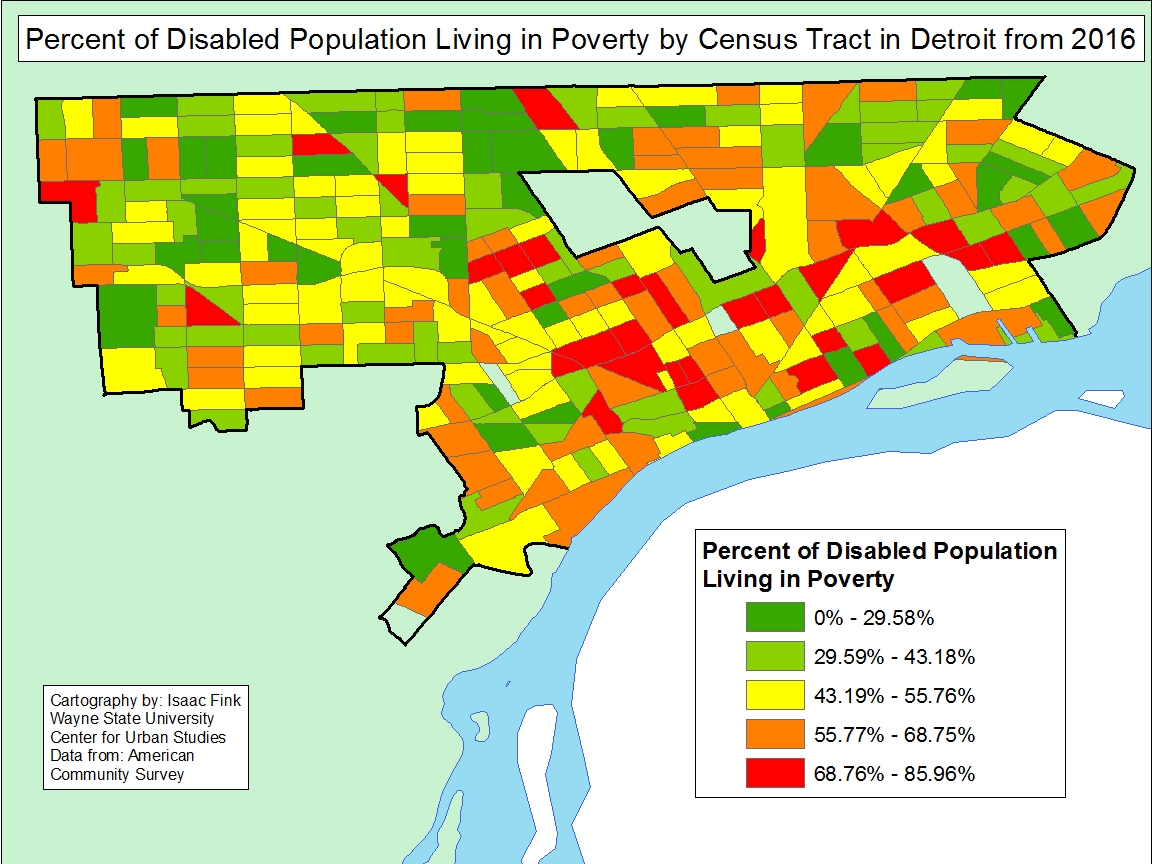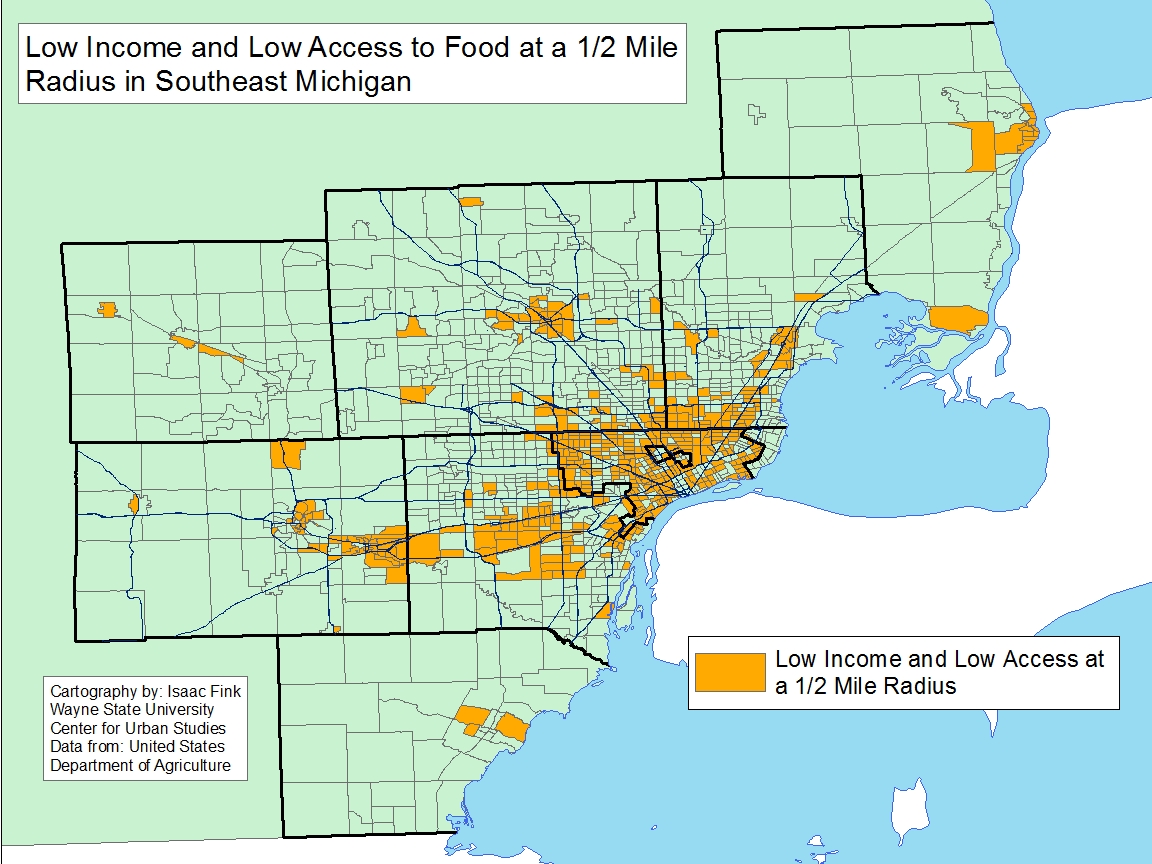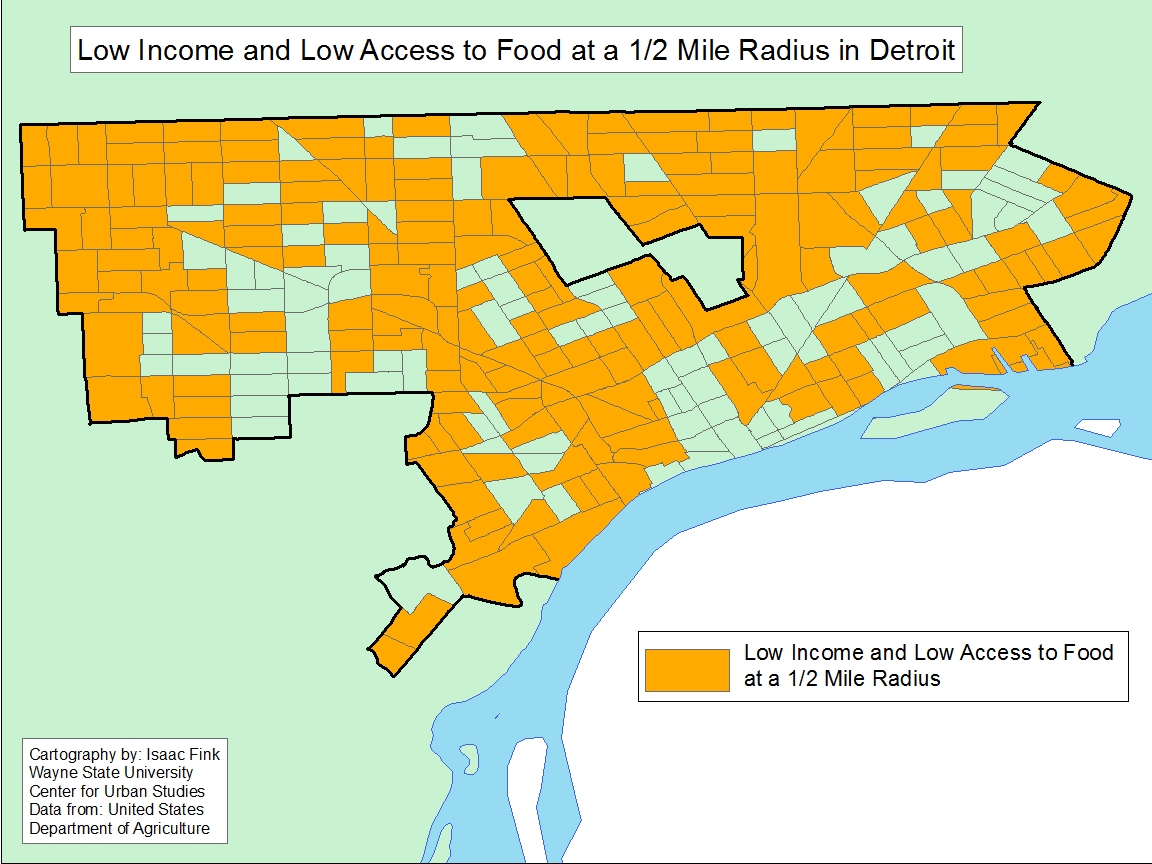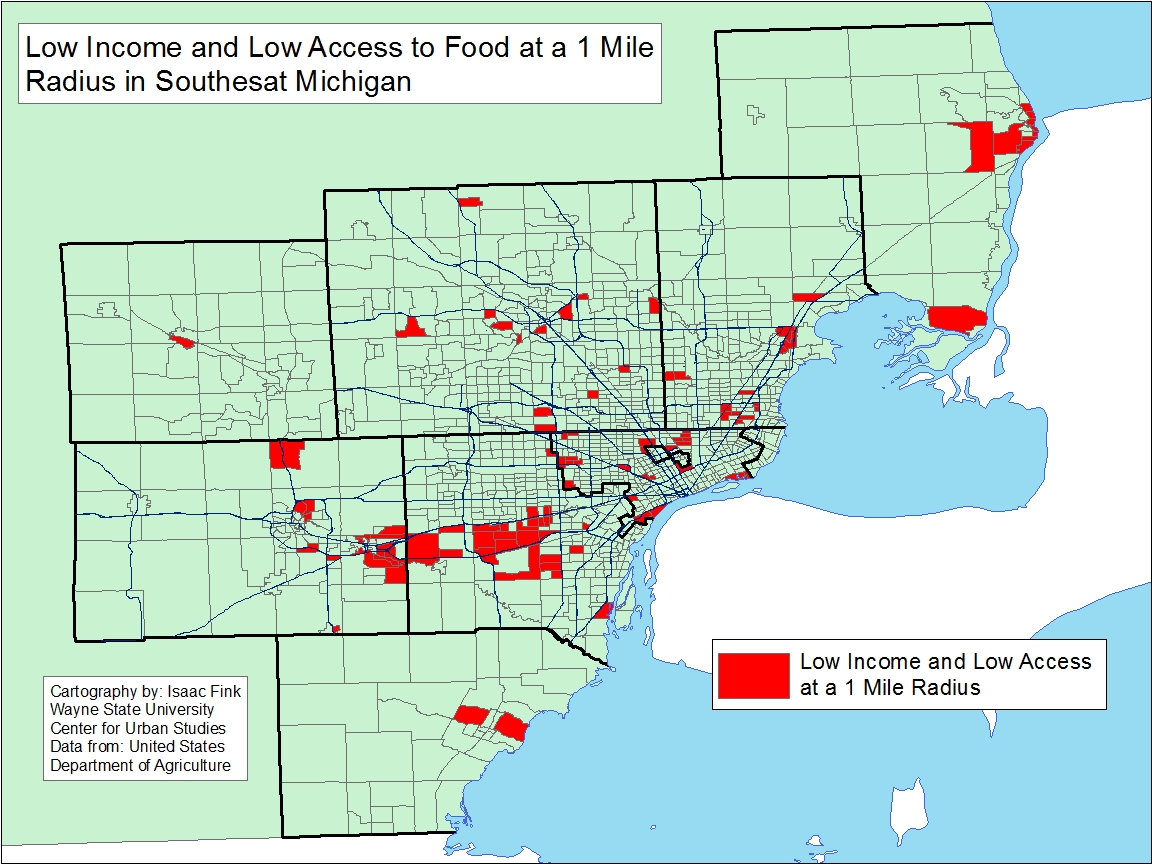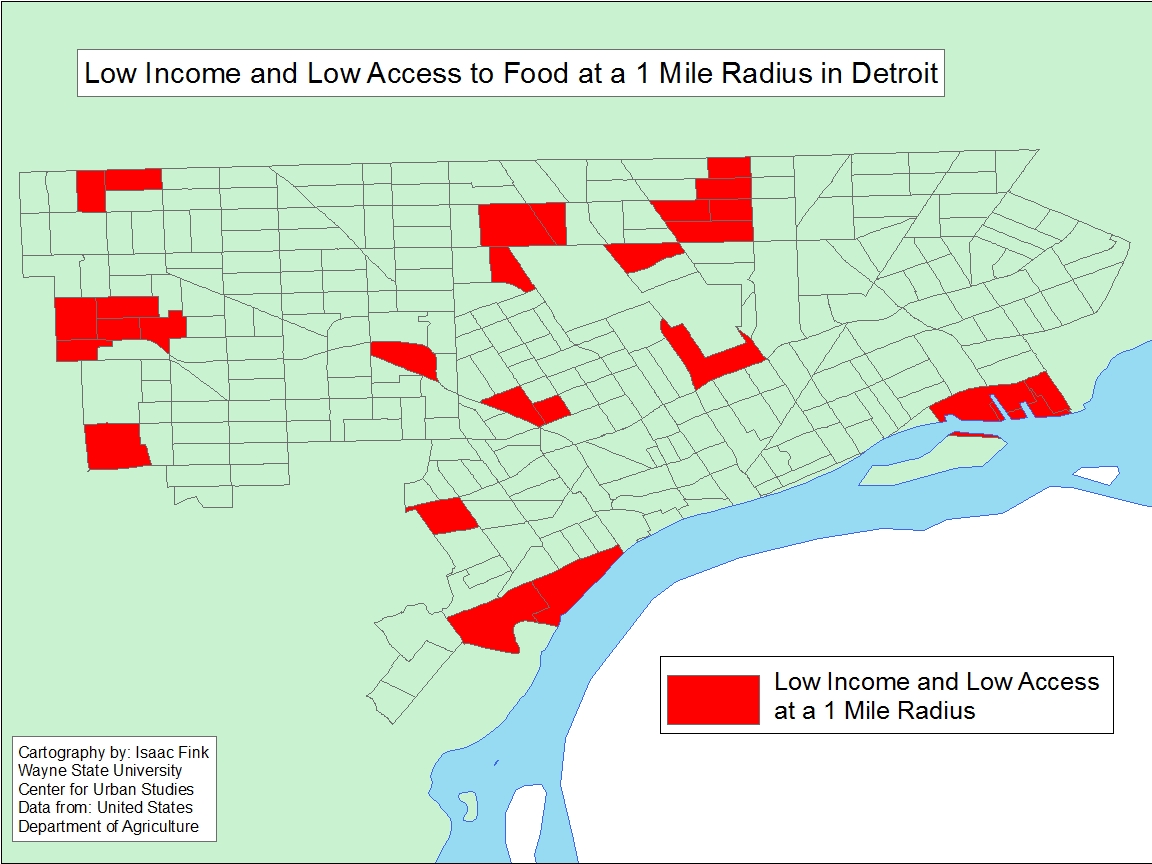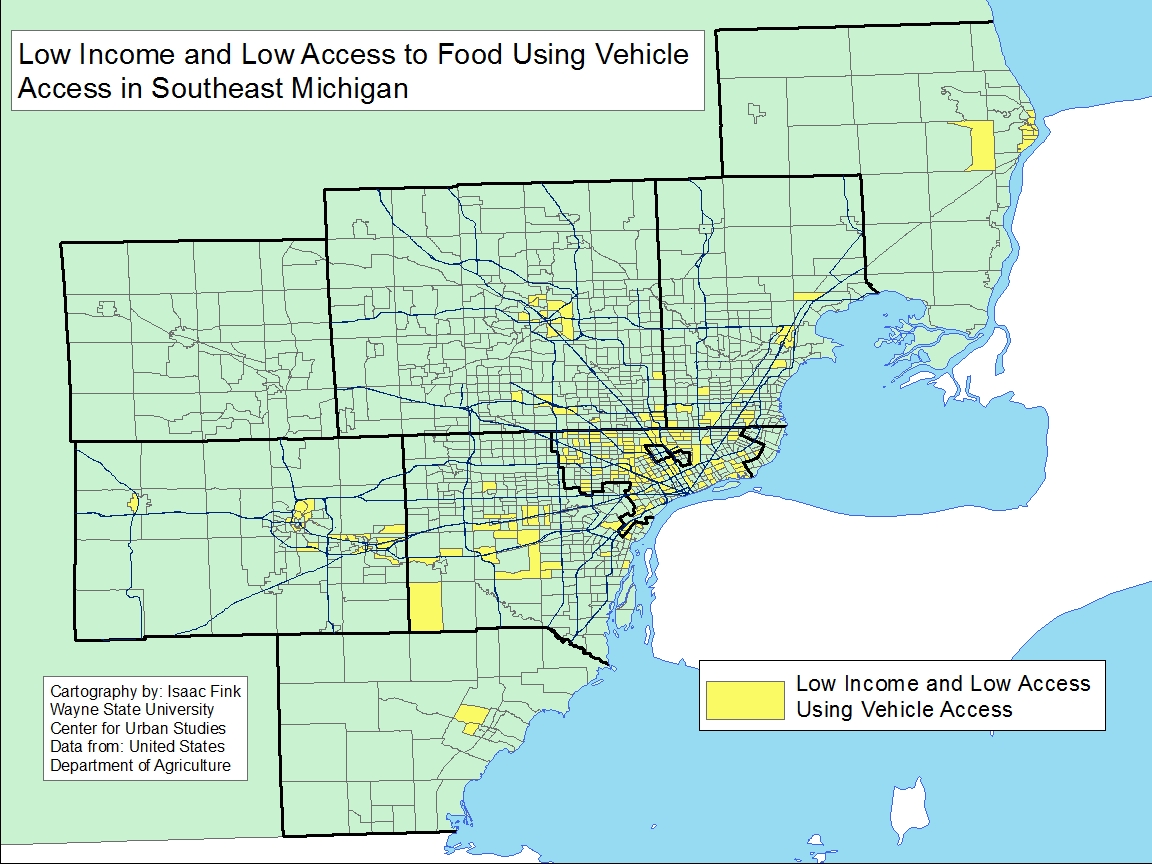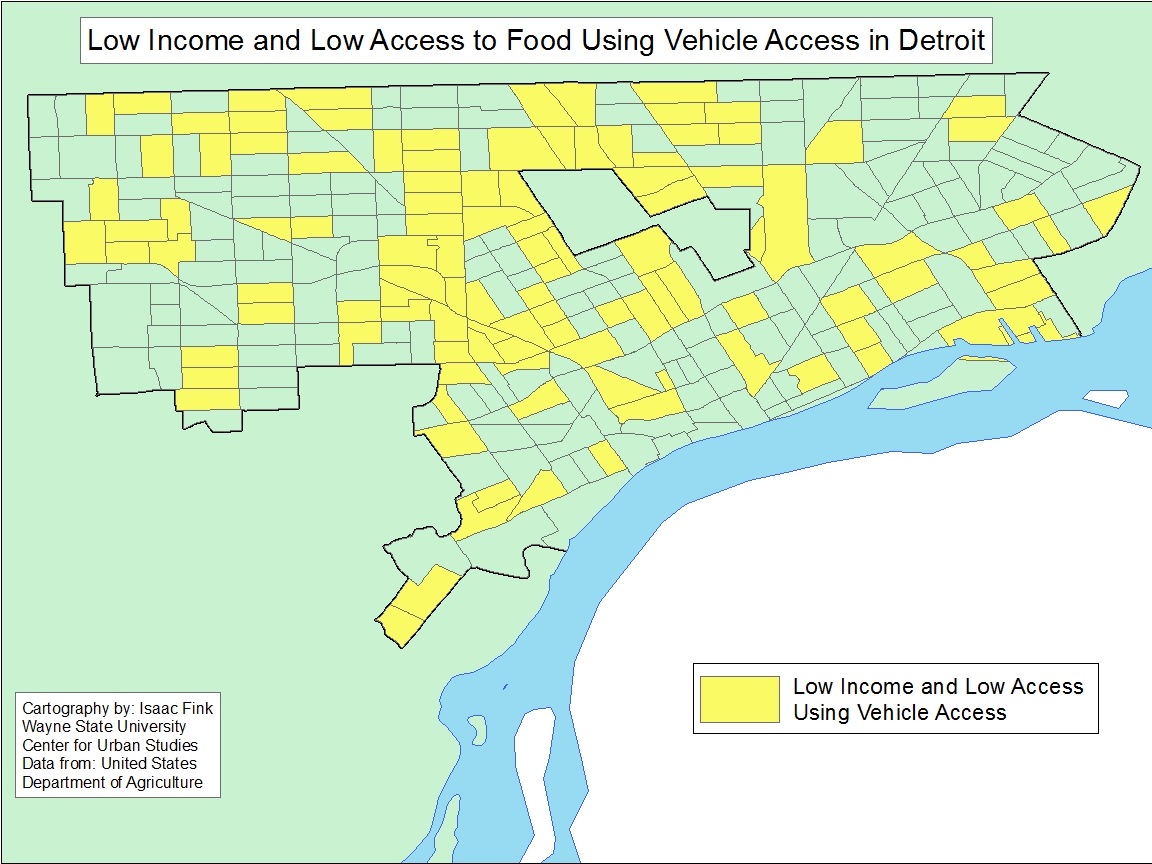The Federal Bureau of Investigation recently released data on known criminal offenses for the year 2016. For this post, these criminal offenses have been turned into rates per 100,000 residents to accurately show how reported crimes differ between the some of the most well known cities in each county in Southeastern Michigan.
The cities featured in this post are
- Ann Arbor: Washtenaw County
- Detroit: Wayne County
- Howell: Livingston County
- Pontiac: Oakland County
- Port Huron: St. Clair County
- Warren: Macomb County
*Note: Information on cities in Monroe County were not part of the report.
Of the nine crimes featured, Detroit had the highest rate of the eight featured crimes for all but one. Conversely, of the nine featured crimes, Howell had the lowest rates for six of them.
Overall, property crimes had the overall highest rates of the crimes discussed in this post while murder and non-negligent manslaughter had the lowest. Property crime rates also had the largest difference between the city with the highest rate (Detroit) and the city with the lowest rate (Howell).
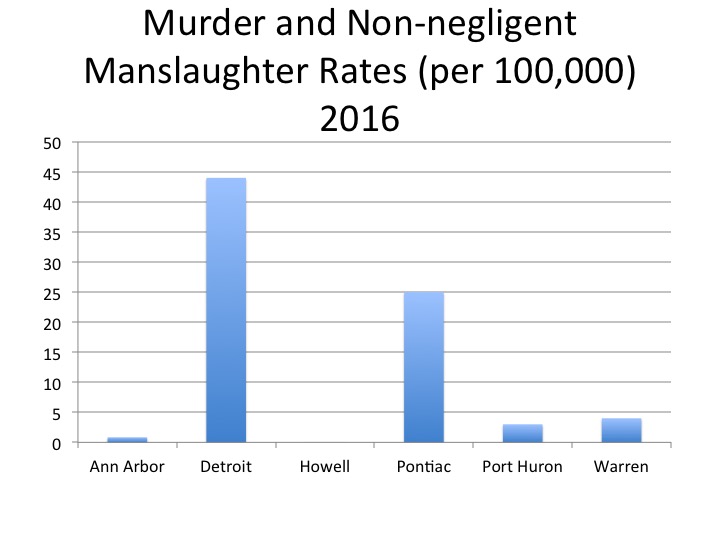
According to the FBI, Detroit had the highest murder and non-negligent manslaughter rates in 2016 of the six cities examined in this post. This rate was calculated to be 44 per 100,000 residents; this was equivalent to 303 murders for a population of about 680,000. Between 2015 and 2016 the murder rate remained the same because the population numbers and the number of reported murders and non-negligent manslaughter crimes (295 reported in 2015) didn’t vary much from year-to-year.
Howell was the only one of the six cities with zero reported murders in 2016, and therefore had a murder rate of zero.
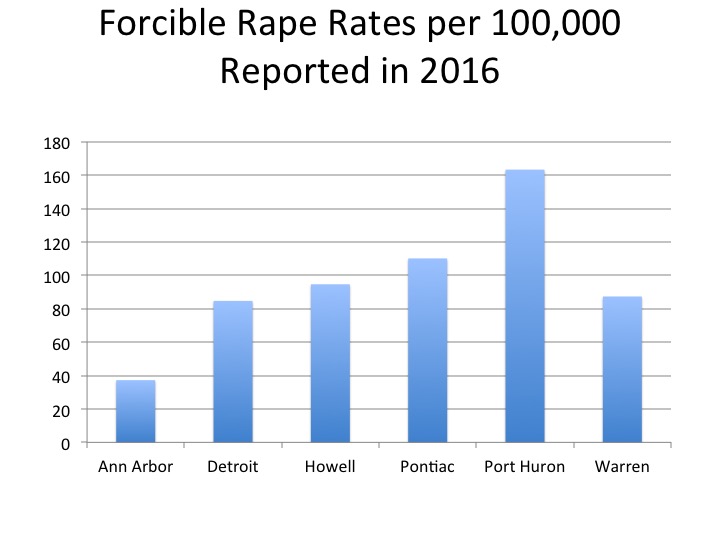
According to the FBI forcible rape is defined as “the carnal knowledge of a female forcibly and against her will. Attempts or assaults to commit rape by force or threat of force are also included; however, statutory rape (without force) and other sex offenses are excluded.”
In 2016, of the cities highlighted in this post, Port Huron had the highest reported rape rate per 100,000 residents at 163; this was equivalent 48 reported rapes reported to law enforcement for a population of about 60,000. In 2015, the reported rape rate in Port Huron was 104.
Ann Arbor had the lowest rate at 37, which was equivalent to 44 total rapes known to law enforcement. Detroit’s forcible rape rate per 100,000 residents was 85 in 2016, or 579 total rapes known to law enforcement.
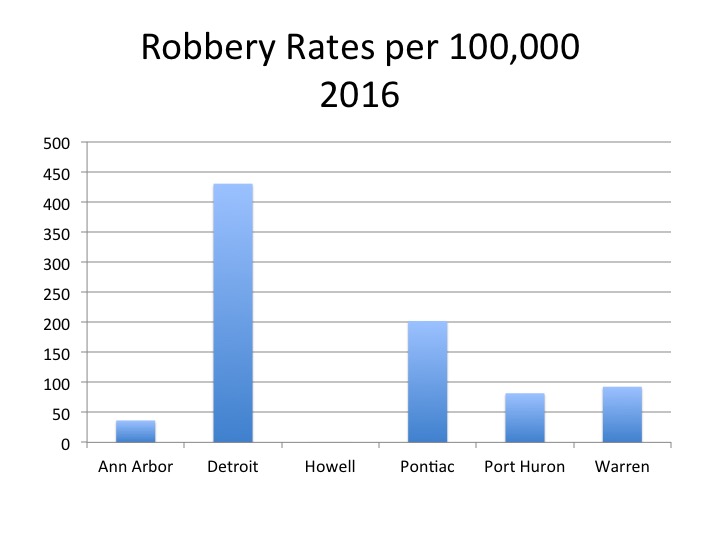
According to the FBI robbery is defined as “the taking or attempting to take anything of value from the care, custody, or control of a person or persons by force or threat of force or violence and/or by putting the victim in fear.”
Of the featured cities, Detroit had the highest robbery rate per 100,000 at 430, a decrease from the 2015 rate of 510. According to the data, the number of reported robberies in 2016 were 2,941 in Detroit.
Pontiac had the second highest robbery rate in 2016 at 202 and Howell had the lowest rate at 0.
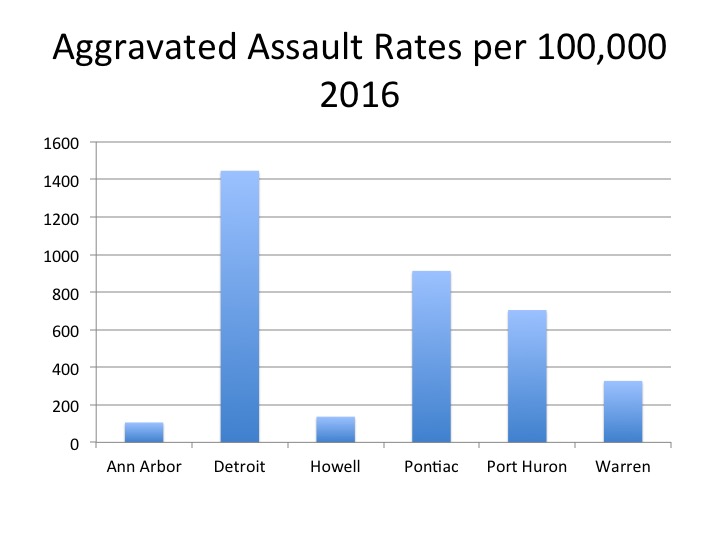
According to the FBI, aggravated assault is defined as “an unlawful attack by one person upon another for the purpose of inflicting severe or aggravated bodily injury.”
In 2016 Detroit had the highest aggravated assault rate of the cities featured in this post. Detroit’s 2016 rate was about 1,446 per 100,000 residents, a rate that was about 320 points higher than the 2015 rate. In 2016, Pontiac had the second highest rate at 913, which was about the same rate for the city in 2015. Ann Arbor had the lowest aggravated assault rate of the six cities featured at 106.

According to the FBI, property crime “includes the offenses of burglary, larceny-theft, motor vehicle theft, and arson. The object of the theft-type offenses is the taking of money or property, but there is no force or threat of force against the victims.”
Detroit had the highest property crime rate of the six cities featured at 4,628 per 100,000 residents in 2016; this was an increase from the 4,092 rate Detroit had in 2015. The city with the second highest property crime rate was Warren at 2,607 per 100,000. Howell had the lowest rate of the featured cities at 1,304; this rate decreased by about 200 from the year before. There was a 3,324 point difference between Howell and Detroit, making this the largest rate difference of the featured cities.

According to the FBI burglary is defined as, “the unlawful entry of a structure to commit a felony or theft. To classify an offense as a burglary, the use of force to gain entry need not have occurred.”
Detroit’s burglary rate per 100,000 residents in 2016 was 1,286, making it the highest of the featured cities. Additionally, similar to what the data was shown for the other categories in this post, Detroit experienced rate increase for burglary from 2015 to 2016. In 2015 the burglary rate for Detroit was 1,164 and in 2016 it increased to 1,286.
Howell again had the lowest rate of the cities at 189. Although Howell’s rate was significantly lower than the City of Detroit’s, Howell also experienced a burglary rate increase between 2015 and 2016.

According to the FBI, larceny theft is defined as “the unlawful taking, carrying, leading, or riding away of property from the possession or constructive possession of another.”
Detroit had the highest larceny-theft rates of the featured cities in 2016 at 2,039 and Port Huron came in second at 1,735.
Detroit’s rate was equivalent to 13,938 reported crimes for a population of about 680,000 while Port Huron’s rate was equivalent to 510 reported crimes for a population of about 29,000. Howell again had the lowest rate at 1,104; this was equivalent to 105 reported crimes for a population about about 9,600.

According to the FBI, motor vehicle theft is defined as “the theft or attempted theft of a motor vehicle.”
The highest motor vehicle theft rate of the featured cities was 1,303 per 100,000 residents for the City of Detroit, nearly a 530 point rate increase from 2015. This rate was equivalent to 8,905 motor vehicle thefts for a population about 680,000. The city with the second highest motor vehicle theft rate was Warren with a rate of 379. In 2016 Warren had 512 reported motor vehicle thefts for a population of about 135,000. Ann Arbor had the lowest motor vehicle theft rate of 95 per 100,000 residents in 2016 of the featured cities.

According to the FBI, arson is “any willful or malicious burning or attempting to burn, with or without intent to defraud, a dwelling house, public building, motor vehicle or aircraft, personal property of another, etc.”
Detroit had 554 reported arsons in 2016, giving it the highest rate at 81, while Ann Arbor had 10 reported arsons for a rate of 8.
